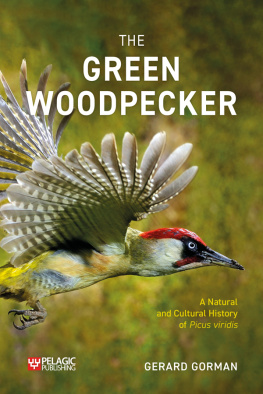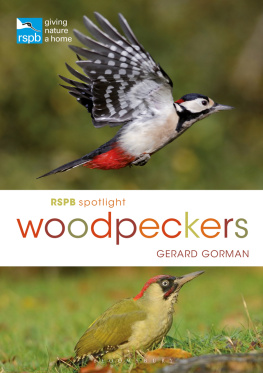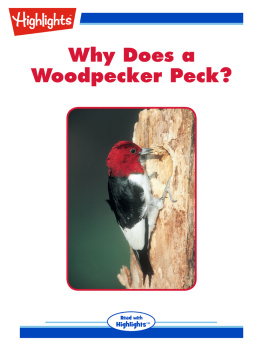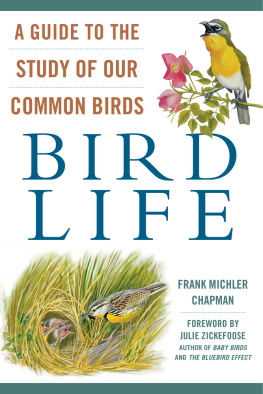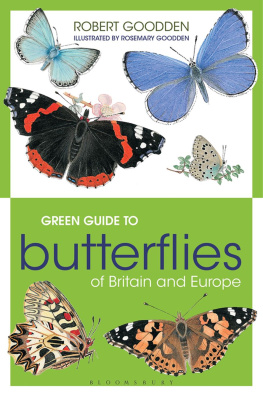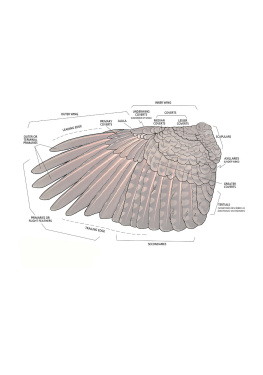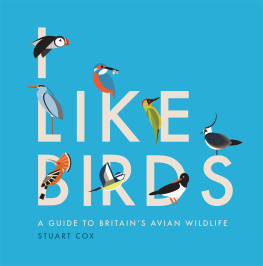Landmarks

THE GREEN
WOODPECKER
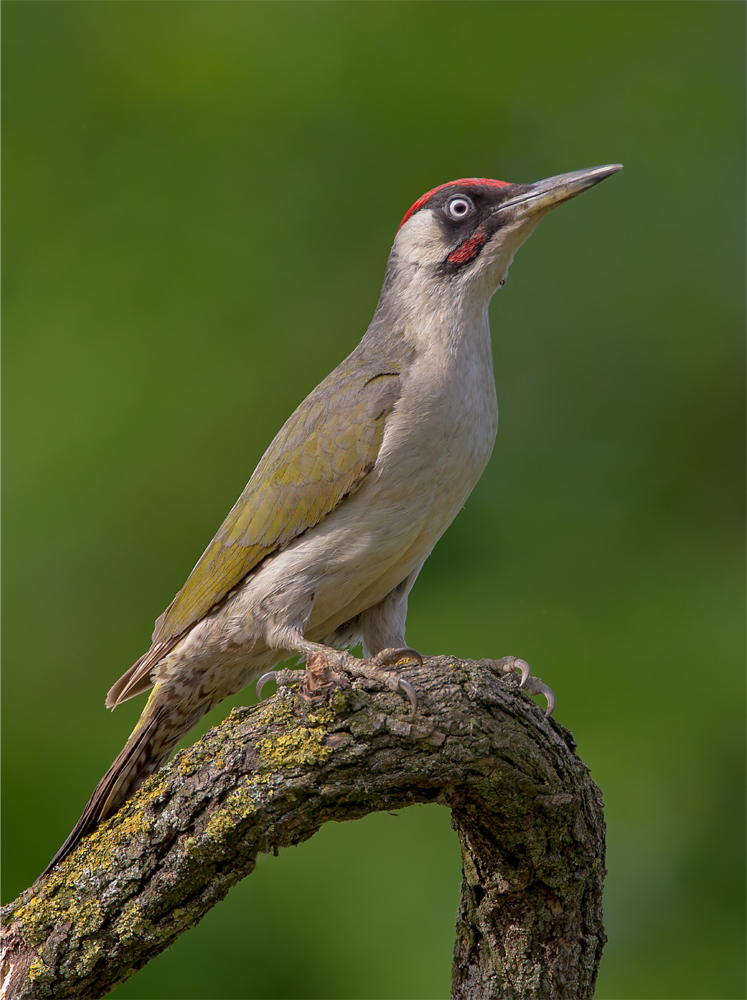
Adult male Green Woodpecker. Kocsr, Hungary, June 2020 (RP).
THE GREEN
WOODPECKER
A Natural and Cultural History
of Picus viridis
GERARD GORMAN
PELAGIC PUBLISHING
First published in 2023 by
Pelagic Publishing
2022 Wenlock Road
London N1 7GU, UK
www.pelagicpublishing.com
The Green Woodpecker: A Natural and Cultural History of Picus viridis
Copyright 2023 Gerard Gorman
photographs: credited persons
spectrograms: Kyle Turner
The right of Gerard Gorman to be identified as the author of this work has been asserted by him in accordance with the UK Copyright, Design and Patents Act 1988.
All rights reserved. Apart from short excerpts for use in research or for reviews, no part of this document may be printed or reproduced, stored in a retrieval system, or transmitted in any form or by any means, electronic, mechanical, photocopying, recording, now known or hereafter invented or otherwise without prior permission from the publisher.
https://doi.org/10.53061/RYMI8301
British Library Cataloguing in Publicatio Data
A catalogue record for this book is available
from the British Library
ISBN 978-1-78427-436-8Pbk
ISBN 978-1-78427-437-5ePub
ISBN 978-1-78427-438-2PDF
Cover photo: Green Woodpecker Picus viridis male in flight.
Michel Poinsignon/naturepl.com
Typeset by BBR Design, Sheffield
Contents
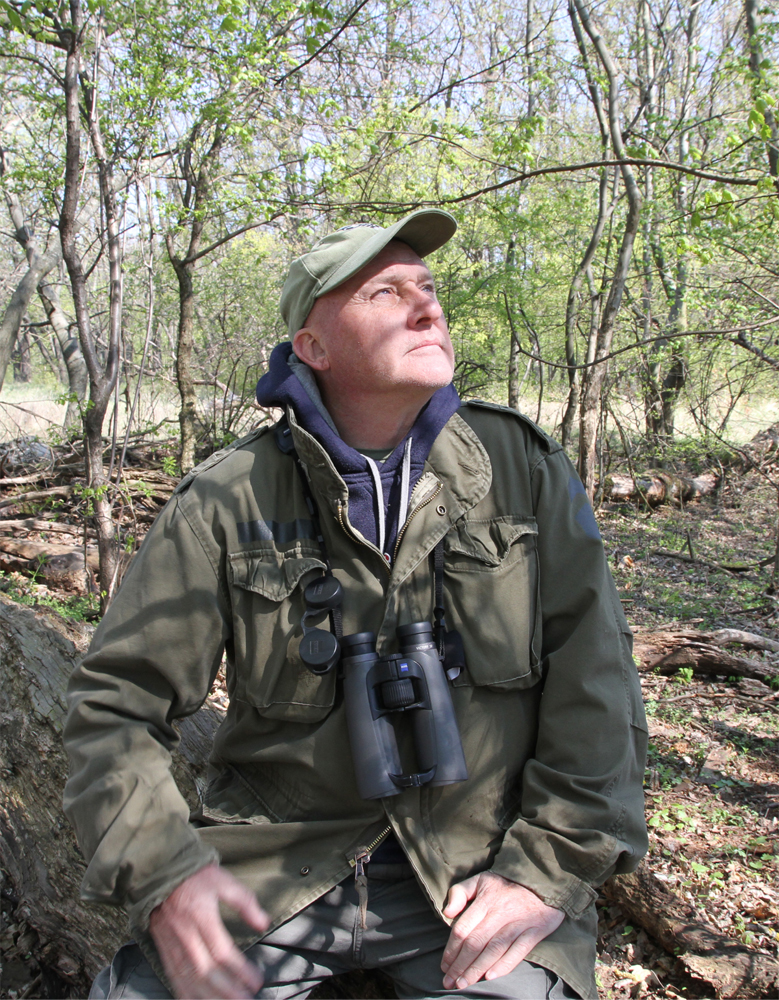
Green Woodpeckers are invariably shy birds and studying them, especially around their nest, requires perseverance and patience. Ultimately, one must spend many hours with these birds to get to know them. Here, at a discreet distance from an active cavity, the author waits for a pair to arrive with food for their nestlings. Vrtes Hills, Hungary, April 2022 (AK).
Gerard Gorman is an acknowledged authority on the Picidae (woodpeckers) having spent much of his life searching for, observing, listening to and studying these enthralling birds. He has written many papers and articles, and an unparalleled seven previous books on the family. Woodpeckers of Europe:AStudy of the European Picidae (2004) is the only monograph devoted to all of the European species. TheBlack Woodpecker:AMonograph on Dryocopus martius (2011) is a comprehensive single-species account. The monumental Woodpeckers of the World:TheComplete Guide (2014) is an acclaimed photographic review of all the species on the planet. Woodpecker (2017) explores both the natural and cultural history of woodpeckers worldwide. Spotlight Woodpeckers (2018) focuses on the four species that occur in Britain. Most recently TheWryneck: Biology, Behaviour, Conservation and Symbolism of Jynx torquilla (Pelagic Publishing 2022) has been described as the definitive work on this weird and wonderful bird. Gerard currently lives in Budapest, Hungary, and is a founder member and current leader of BirdLife Hungarys Woodpecker Group.
Over the years, I have been privileged to meet, share experiences with and learn from some knowledgeable woodpecker enthusiasts. All of them, directly and indirectly, knowingly and unknowingly, have contributed to this book. I sincerely thank them all. The following, however, deserve special mention. Nigel Massen, David Hawkins and everyone at Pelagic Publishing were professional and supportive throughout the production of this book. My fellow woodpecker aficionado Daniel Alder was a superb sounding board, proposing many masterful edits. David Christie and Peter Powney greatly improved my text, making numerous valuable suggestions. Kyle Turner shared his in-depth knowledge of woodpecker sounds and created the spectrograms. Thomas Hochebner taught me much about woodpecker moult. Gergely Babocsay (Mtra Museum) and Tibor Fuisz (Budapest Museum) facilitated my visits to the bird collections of the Hungarian Natural History Museum. These generous people also helped in myriads of ways: Vasil Ananian, Korsh Ararat, Sanja Barii, Leon Berthou, Taulant Bino, Mike Blair, Jean-Michel Bompar, Merijn van den Bosch, Ioana Catalina, Josef Chytil, Ricky Cleverley, rmin Csipak, Pter Csonka, Tibor Csrg, Tomasz Figarski, Kaspars Funts, Kai Gauger, Dimiter Georgiev, Keramat Hafezi, Paul Harris, Rolf Hennes, Erik Hirschfeld, Remco Hofland, Julian Hughes, ukasz Kajtoch, Antal Klbert, Gbor Horvth-Mhlhauser, Thanos Kastritis, Chris Kehoe, Rolland Kern, Denis Kitel, Mati Kose, Serguei Kossenko, Tatiana Kuzmenko, Stephen Menzie, Karlis Millers, Istvn Moldovn, Killian Mullarney, Samuel Paenovsk, Nikolai Petkov, Tatiana Petrova, Mtys Prommer, Dave Pullan, Borut Rubini, Eldar Rustamov, Milan Rui, Ken Smith, Domen Stani, Daniel Szimuly, Ehsan Talebi, Dirk Tolkmitt, Josip Turkalj, Andreas Wenger, Volker Zahner and Bojan Zekovi. Thank you, too, to Sergi Herrando of the European Breeding Bird Atlas (EBBA2) for allowing the use of the maps on pages 63 and 65. For kindly providing the photographs that enrich this book I am grateful to Vasil Ananian (VA), Vaughan and Svetlana Ashby/Birdfinders (VA/SA), Aurlien Audevard (AA), Fabio Ballanti (FB), Szymon Beuch (SB), Jean-Michel Bompar (JMB), Neil Bowman (NB), Carlo Caimi (CC), Rob Daw (RD), Dimiter Georgiev (DG), Tom Grim (TG), Lisa Haizinger (LH), Thomas Hochebner (TH), David Hosking (DH), Terzia Jauschov (TJ), Gnanaskandan Keshavabharathi (GK), Antal Klbert (AK), Szabolcs Kkay (SK), Georges Olioso (GO), Dave Pearce (DP), Rudi Petitjean (RP), Blint Stinner (BS), Maciej Szymaski (MS), Elena Ternelli (ET), Kyle Turner (KT), Nick Upton (NU), Stephan Weigl (SW) and Phil Winter (PW). My own images are labelled (GG).
Gerard Gorman, Budapest, January 2023
while ever and anon the measured tapping of Natures carpenter, the great green woodpecker, sounded from each wayside grove.
Sir Arthur Conan Doyle, The White Company (1891)
With its mostly green body plumage, vivid crimson crown, black Lone Ranger or Zorro facial-mask and bright yellow rump strikingly revealed when it flies up and away from the ground the Green Woodpecker Picus viridis is a stunning member of the picid family. This is a bird that has adapted to live in both rural and urban environments. It is often encountered while feeding on garden lawns, in parks, pastures, even on sports fields and golf courses, and its unmistakable laughing call means that it is well known to country and town folk alike. Indeed, its laugh is so recognisable that in rural England this was given a special name, yaffling, and the woodpecker itself became known as the Yaffle.
Yet all of this does not mean that these woodpeckers are generalists that can live anywhere. On the contrary, Green Woodpeckers are highly specialised birds. In conservation terms they are special, too. They are a keystone species as they help shape the habitats in which they live and perform an important role for other wildlife by providing tree cavities. Furthermore, they are an umbrella species as their conservation invariably confers protection on many other animals. They are also an indicator species in that their population status is indicative of the biodiversity and health of the woodland and grassland habitats they frequent.
There is no substitute for watching woodpeckers in the wild, but if, for whatever reason, you cannot regularly do so, then hopefully this book will be of help. Whether you are already familiar with this species if you are an ornithologist, ecologist, citizen naturalist, birder, walker, forester, farmer, gardener or a combination of any of these or not, my aim in writing this monograph remains the same: to take you a little deeper into the wonderful world of the Green Woodpecker.

